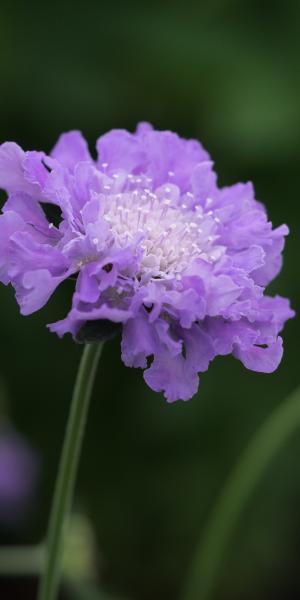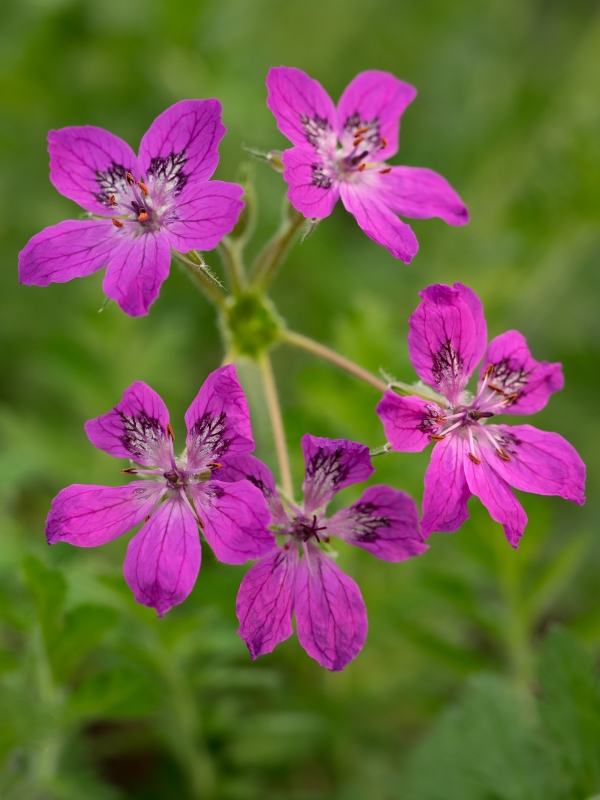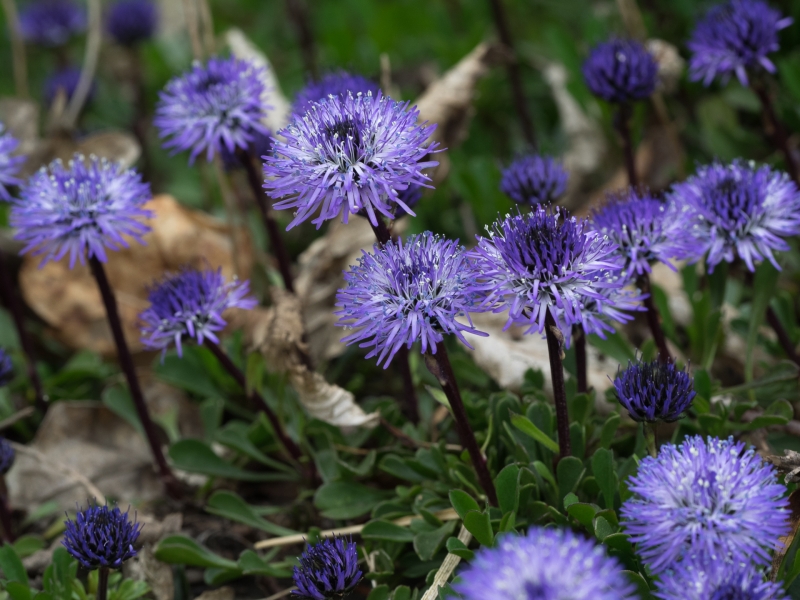Plants that have evolved to be drought tolerant.
All plants and other living organisms are constantly in a state of evolution, slowly adapting over time to accommodate changes in their environment. This can take millennia but in plants these adaptations can often been seen just by reading the appearance of the plant.
For example, drought tolerant plants can show these changes in their foliage in a number of ways.
Small, needle-like leaves are able to reduce the amount of water loss through their leaves (transpiration) by reducing the surface area that is exposed to heat and wind. Another adaptation gives rise to a hairy covering on the leaves that captures moisture droplets and holds them close to the surface, this is described by the term hirsute.
Some plants develop thick leaves covered in a waxy substance called cutin, which also slows the loss of moisture from the surface of the leaf.
The colour of the foliage can also be a good indicator though should not be viewed in isolation. Most plants with silvery or bluish foliage use this tone to reflect the light away from the leaf. Plants with silvery variegation are unlikely to be as drought tolerant and this patterning is often found in plants such as Lamium, Brunnera and Pulmonaria etc. who all prefer cooler, more shaded areas.
Less obviously, plants can also develop other strategies for coping with less water and these include growing deep tap-roots, or having the ability to store moisture as in the case of cacti, succulents and some trees. Some plants stay small to ensure that they can thrive with minimum water requirements. Others are summer deciduous and die down completely during the hotter months, going into a state of suspended animation only to return to growth when the conditions are more favourable. Think Galanthus (Snowdrops) for instance.
It should be noted that none of these adaptations are fully effective until the plant is established and in the worst hot spells even the toughest plants may still require a little help. Drought tolerant does not mean drought proof.
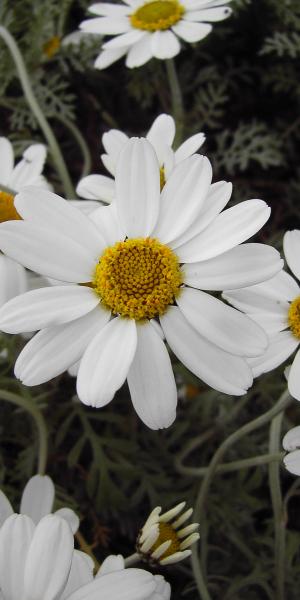
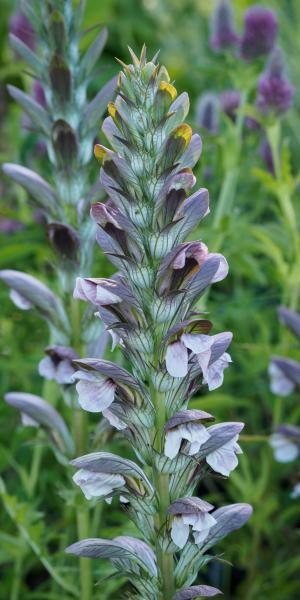
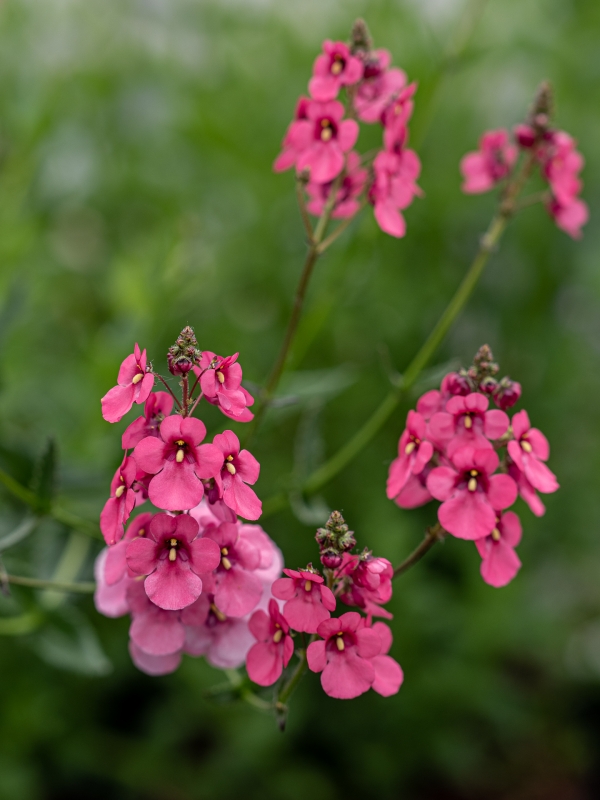

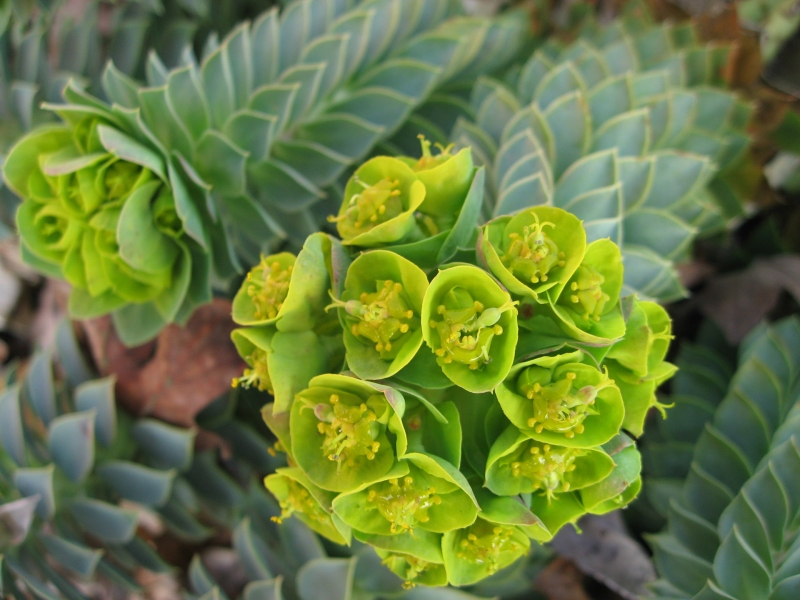
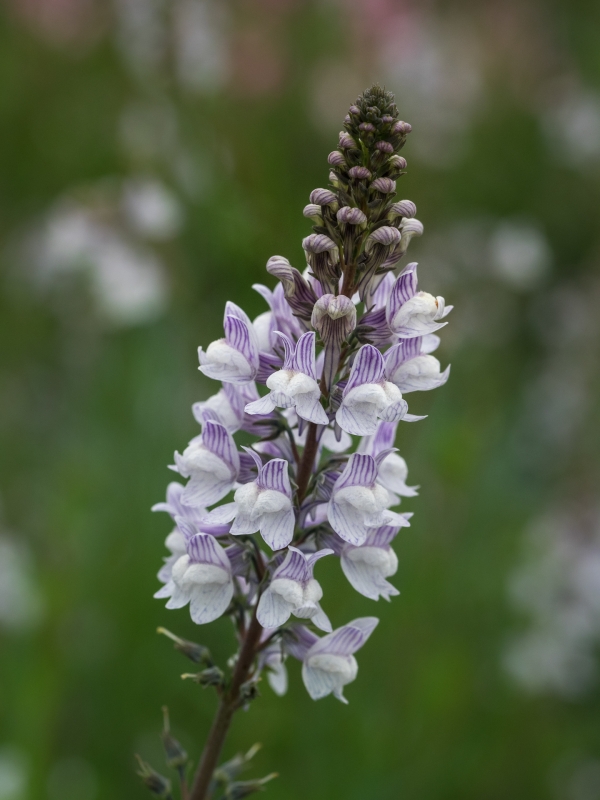
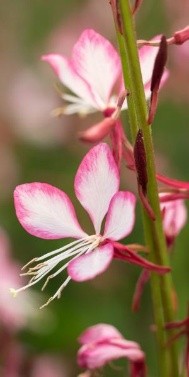
Oenothera lindheimeri Freefolk Rosy
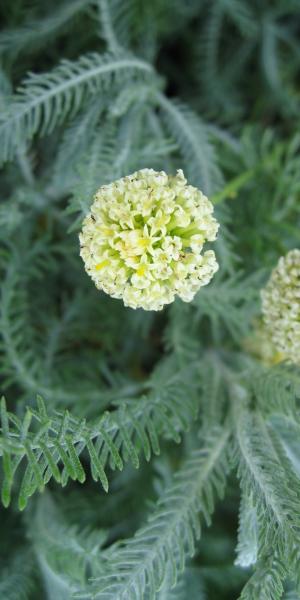
Santolina pinnata ssp neapolitana Edward Bowles
